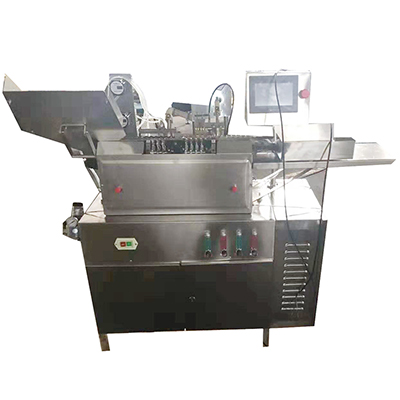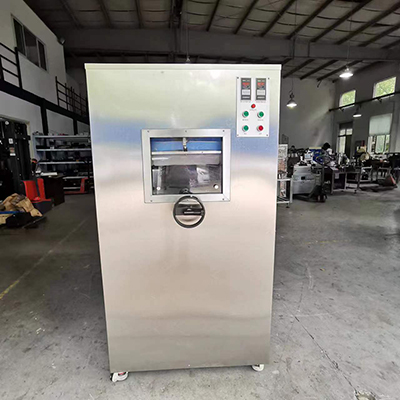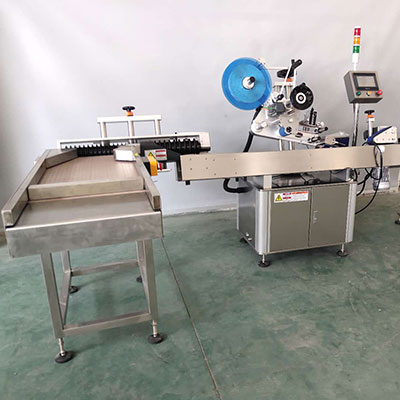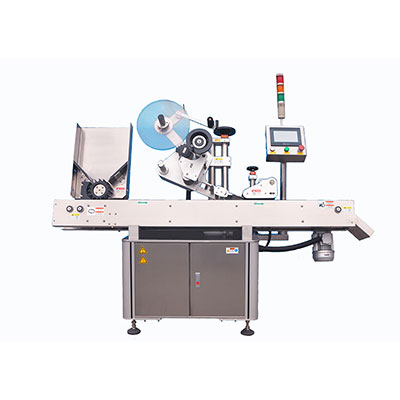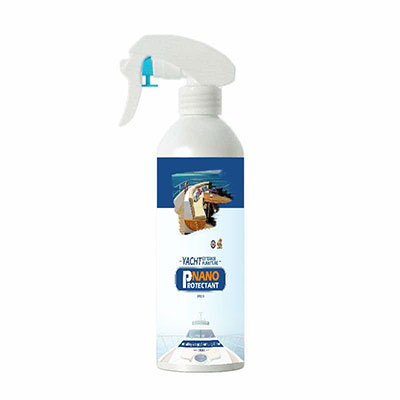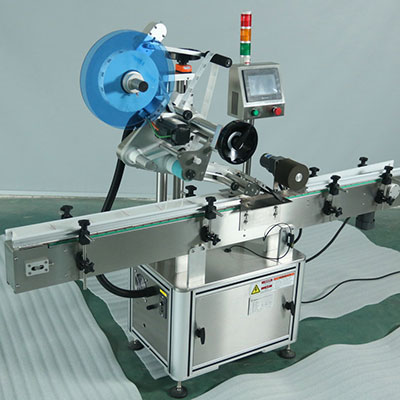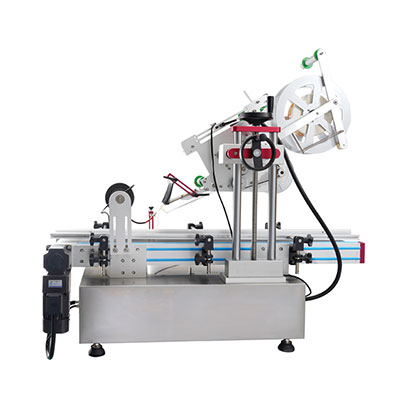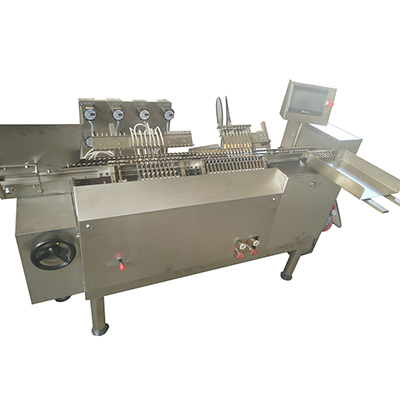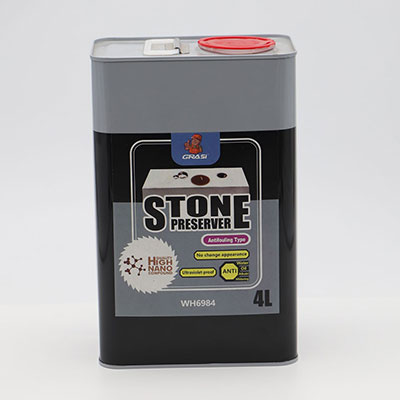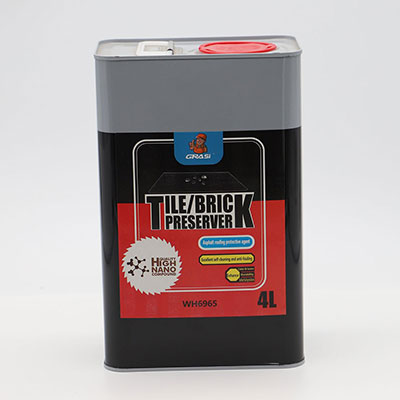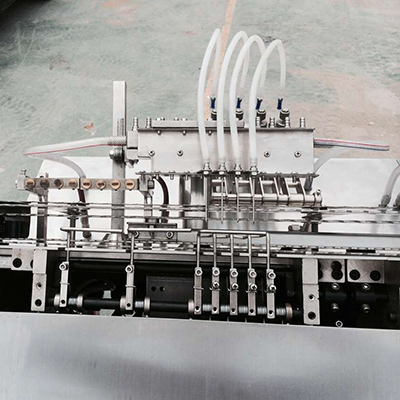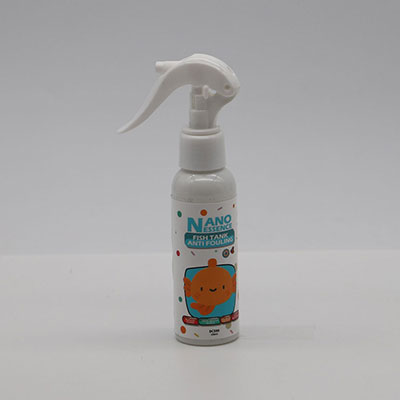Tinplate (TP)
Tinplate is the common saying for tin electroplated sheet steel. It refers to the cold rolled low carbon thin steel plate or the steel strip with both sides plated with pure tin. The tin mainly functions for rust and corrosion prevention. The product combines the strength and formability of steel and corrosion resistance, tin soldering property and nice appearance of the tin into a whole to form the material featuring corrosion resistance, no toxicity, high strength, and good ductility.
The superior smoothness and strong adhesion between the tin layers enable the tinplate to have excellent mechanical property and processability. We mainly supply the product to the customers from metal processing field relating to food and beverage packaging, grease tank, chemical can, etc.
Specification
1. Standard: Passivation 300 and 311, EN10202, EN10203, JIS G3303, ASTM A624, ASTM626
2. Raw Material: CR, SPCC, MR
3. Thickness: 0.15mm to 0.50mm
4. Width: 200mm to 1024mm
5. Hardness: T2-T5, DR8-DR10
6. Tin Coating Weight: 1.1 ~ 8.4g/m²
7. Surface: Bright Finish, Stone, Super Stone, Matte, Silver
Characteristics
1. Low Pollution
The tinplate is the main material for tin container. Actually, it is harmless to the environment for natural decomposition. The tin container can be oxidized naturally to go back to the original iron oxide. So, the discarded tin container can achieve decomposition with time, and won’t pose pollution to the environment. Meanwhile, the manufacturing of the tin container doesn’t need to cut down trees. It won’t destroy the ecological balance.
2. Recycling
The tin can has the special characteristic that other packaging materials don’t have. That is the tin can could be attracted by magnet. Then, we can exploit the magnetic separator to separate the tin can from the waste via the magnetic force. By using the special characteristic, 80% tin cans can be recycled from the waste. Moreover, the invention of the environmental protective cover allows the user to use the tin can more safely and sanitarily. It can also reduce the waste effectively, obtaining the direct and obvious effect to the recovery operation.
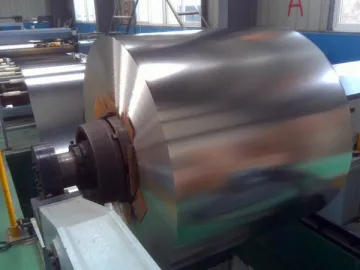
3. Resources Saving
In the aspect of removing the pollution residue on the tin can, we can employ the chopping machine to effectively remove over 98% pollutants to provide good quality scrap iron. In addition, the American experts point out that the aluminum easy open end facilitates the reproduction of scrap iron because it can decrease the amount of hot metal during the steel making process and reduce the cost of overall steel manufacturing.
Additionally, in terms of energy saving, compared to using iron ore, using 1t tinplate scrap to manufacture steel can save the natural gas with the amount of 230m³. Therefore, the recycling and reproduction of tin can reduce the impact on the global environment and energy. The tin can meets the future product packaging development trend.
Available Size
| T1-T5 | DR8-DR10 | |||
| Available Size Range | Size Range for Normal Production | Available Size Range | Size Range for Normal Production | |
| Thickness (mm) | 0.15-0.50 | 0.18-0.50 | 0.13-0.60 | DR8 0.15-0.25 DR9 0.15-0.25 |
| DR10 0.20-0.36 | ||||
| Width (mm) | 457-1067 | 650-950 | 457-1067 | 690-950 |
| Length (mm) | 406-1110 | 500-1050 | 406-1110 | 500-1050 |
Surface Finish
| Surface Finish | Surface Roughness (Ra) | Features and Applications |
| Bright | 0.25 | Bright surface finish for general use |
| Stone | 0.40 | The surface finish with stone marks makes scratches not so conspicuous. |
| Super Stone | 0.60 | Surface finish with heavy stone marks |
| Matte | 1.00 | Dull finish is mainly for making crown and DI cans (unmelted finish for the product). |
| Sliver (Stain) | / | Rough dull finish is basically for making artistic cans (tinplate only, melted finish). |
Steel Type
| Type | Description |
| MR | It is the base steel with low residual elements content. It has excellent corrosion resistance, and is widely used in general applications. |
| L | It is the base steel with extremely low residual elements such as Cu, Ni, Co, and Mo. It has excellent corrosion resistance to certain types of food products. |
| D | It refers to the aluminum-killed base steel used in applications involving deep drawing or other types of severe forming that tends to give rise to Lueders' lines. |
Temper Grade
| Temper Grade | Hardness Guarantee (HR30T) | Applications | |
| Single Reduced | T-1 | 49 ± 3 | Cans, nozzles, and other applications involving deep drawing that requires large flexibility |
| T-2 | 53 ± 3 | Items requiring moderate drawability and some stiffness | |
| T-2.5 | 55 ± 3 | Items needing drawability of T-2 in combination with the stiffness of T-3 for general use | |
| T-3 | 57 ± 3 | Proper stiffness is required to prevent buckling. For general uses. | |
| T-4 | 61 ± 3 | Can bodies, end and crowns that require comparatively large stiffness | |
| T-5 | 65 ± 3 | Can bodies, ends and other applications that require excellent buckling resistance | |
| Double Reduced | DR-8 | 73 ± 3 | Bodies of carbonated beverage cans and beer cans requiring stiffness and strength |
| DR-9 | 76 ± 3 | Ends of carbonated beverage cans and beer cans requiring stiffness and strength | |
| DR-9M | 77 ± 3 | ||
| DR-10 | 80 ± 3 | Special application requiring strength |
Customers are welcomed to purchase our products which have the comparative advantage. Apart from the premium product, our foremost service is also available to customers.
Related Names
Electroplated Steel Strip | Tin Sheet Metal | Food Packaging Tin
Links:https://www.globefindpro.com/products/81771.html
-
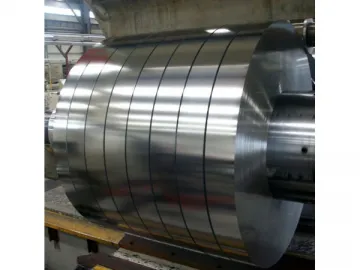 Stainless Steel Coil
Stainless Steel Coil
-
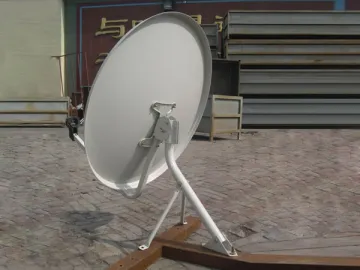 Pole Mount Satellite Dish
Pole Mount Satellite Dish
-
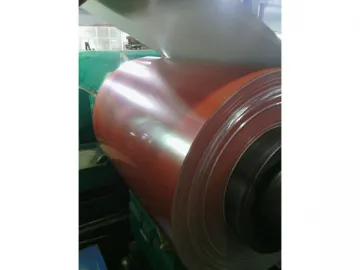 Film Color Coated Steel Coil (PCM)
Film Color Coated Steel Coil (PCM)
-
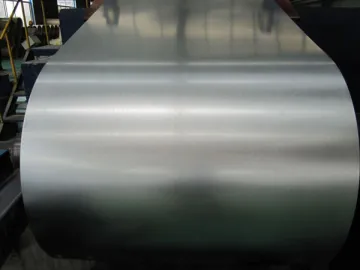 Cold Rolled Steel Coil (CR,CRC)
Cold Rolled Steel Coil (CR,CRC)
-
 Color Coated Galvanized Steel Coil (PPGI)
Color Coated Galvanized Steel Coil (PPGI)
-
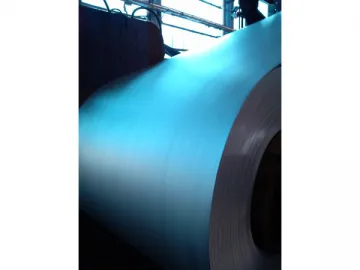 Galvalume Steel Coil (GL)
Galvalume Steel Coil (GL)
-
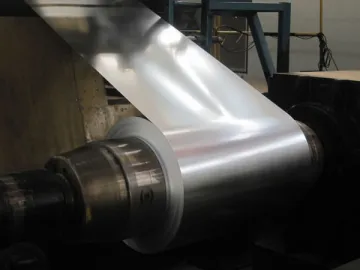 Hot-Dipped Galvanized Steel Coil (GI,HDG,CGI)
Hot-Dipped Galvanized Steel Coil (GI,HDG,CGI)
-
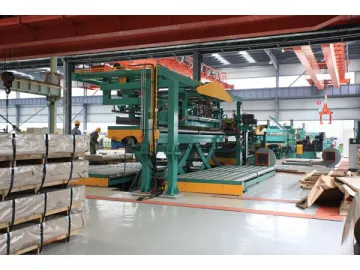 Steel Coil Cut-to-length
Steel Coil Cut-to-length
-
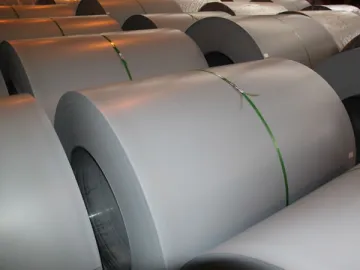 Electro-Galvanized Steel Coil (EGI)
Electro-Galvanized Steel Coil (EGI)
-
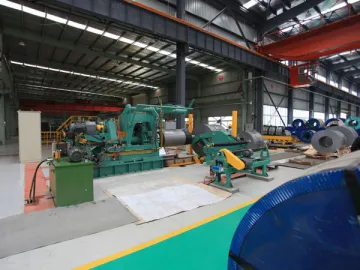 Steel Coil Slitting
Steel Coil Slitting
-
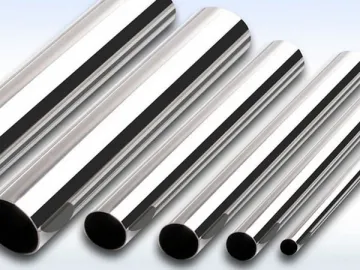 Stainless Steel Pipe
Stainless Steel Pipe
-
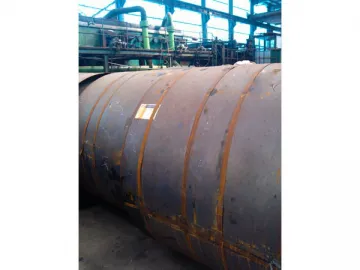 Hot Rolled Steel Coil (HR,HRC)
Hot Rolled Steel Coil (HR,HRC)
